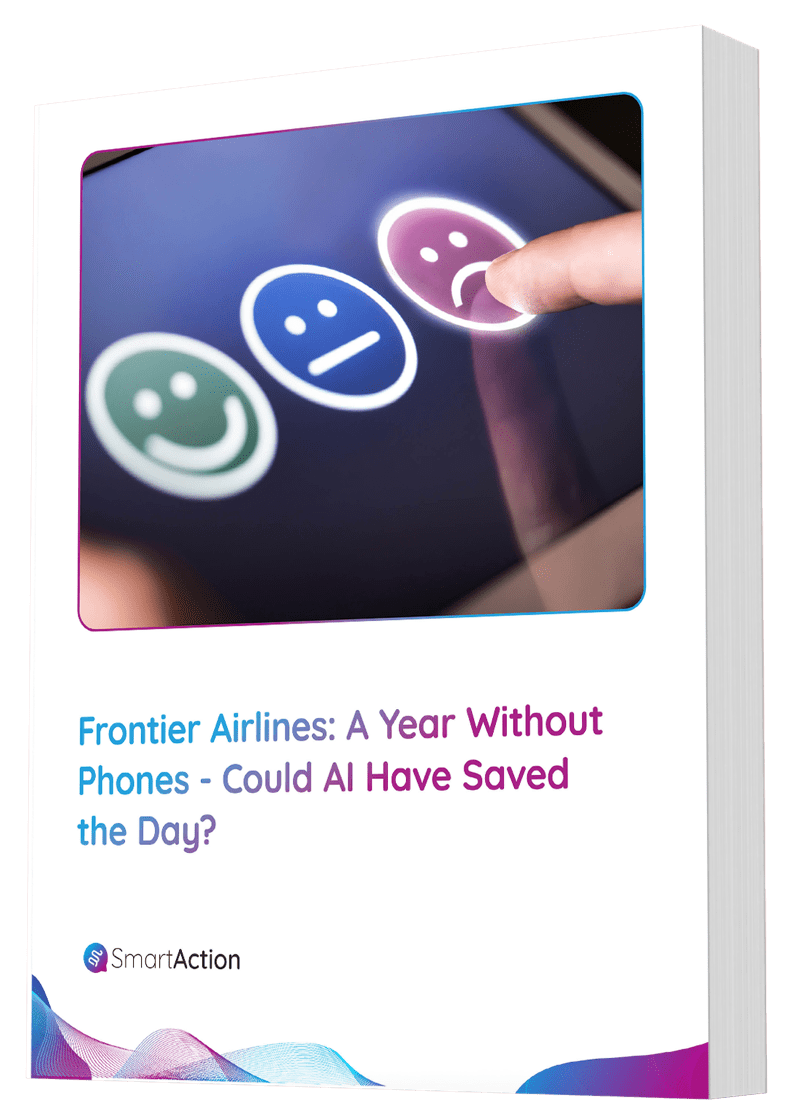A Natural Approach to Voice Automation
Most people don’t like interacting with IVRs. In fact, one can usually hear a very distinct tone of frustration dominate a caller’s voice the moment they realize they are not dealing with a live person. Why is this? Directed dialogue is a huge factor in caller dissatisfaction.
A traditional speech IVR relies on directed dialogue, which results in a long, arduous, and boring process of “yes/no” or stilted answers.
Directed dialogue IVRs can make mistakes or get confused because you inadvertently deviate from the directed script. The IVR is unable to comprehend your input, leading you to repeat yourself, and increasing your frustration.
Years of these kinds of interactions with directed dialogue have caused us to develop a negative association with IVRs in general.
Breaking down the Differences
With traditional IVRs using directed dialogue, the caller is directed through a series of yes/no or structured questions with extremely limited acceptable responses. We’re all familiar with this type of call: “For billing, press or say 1…” Anything outside the scope of the IVR’s acceptable responses can easily confuse the system and end up in a longer and more stressful experience, often ending unsuccessfully. This is bad for all parties involved; the user has a negative experience and the company using the IVR has an unsatisfied customer who will likely need to be transferred to a live agent, which results in higher business costs.
A system that understands natural language, on the other hand, not only recognizes speech, but also interprets it. This means it has a much wider range of comprehension, allowing the user to speak more naturally. This goes beyond understanding the vernacular for yes/no, but goes so far as to comprehend entire sentences.
When scheduling an appointment, one would traditionally be led through a lengthy process of yes/no and time/date-specific questions.
But the process with natural language processing is much simpler thanks to a few key differences.
- The automated system is able to ask an open-ended question and understand the response.
- Customers can use relativity, context, and other conversational phrasing when replying to prompts.
- The customer can ask the system to hold, go back, or a repeat a question.
Why does all this matter?
By understanding and therefore accepting more responses from the user, the system is able to successfully complete calls that would otherwise either end with the user hanging up frustrated, or the call being transferred to a live agent. This makes for a more enjoyable experience for the caller, resulting in higher customer service scores and reduced costs to the business by decreasing the need to use live agents.
IVA applications use advanced speech recognition combined with artificial intelligence to comprehend natural language. We want to bring an end to terrible customer experiences and IVR directed dialogue. Both customers and businesses would be better off for it.






